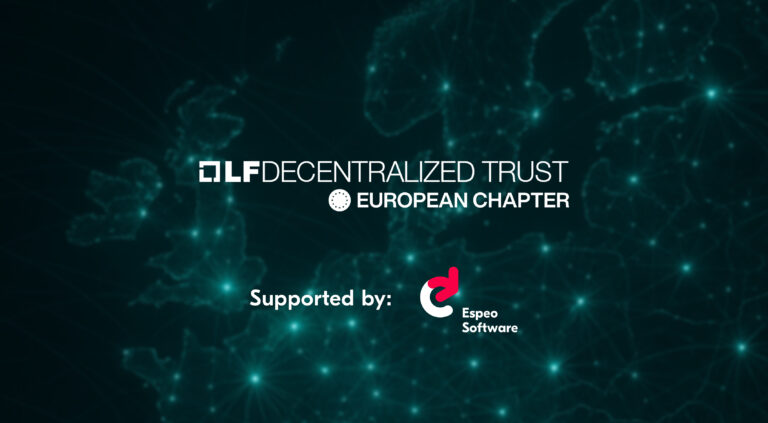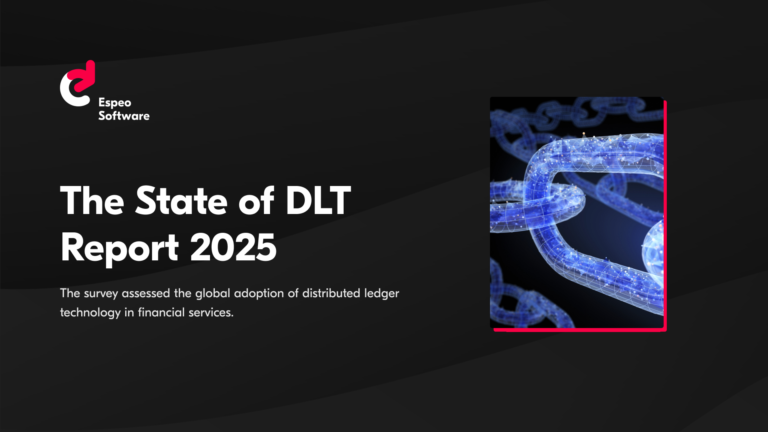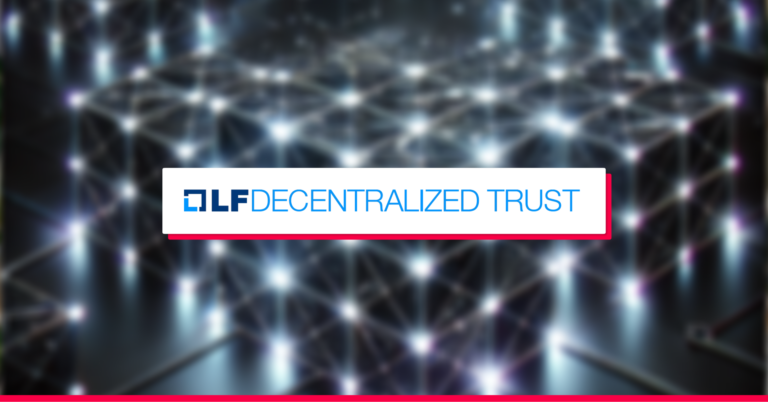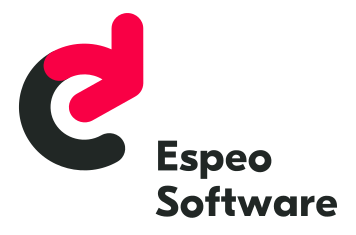A whitepaper is a document which identifies a problem, emphasizes it and proposes a solution. In the context of an initial coin offering, an ICO whitepaper also specifies the ecosystem and the developed token (technical part). It’s more than a description of a project, a white paper is an opportunity to present your project to VCs and potential first token holders. In this article, I will analyze the most common mistakes and flaws I come across in ICO whitepapers. I’ll also propose how to fix them.
1. Using blockchain the wrong way
ICO whitepaper writers and founders sometimes forget that blockchain technology is all about new paradigms. Ranging from token economics to the way of thinking, blockchain technology removes the borders of progress.
However, it’s important to use blockchain the right way. The disruption of an existing industry goes way beyond an existing business idea even without adding the word “blockchain.” If an ICO whitepaper makes more sense by changing the word “blockchain” into “database,” then it seems nothing justifies the use of this technology. Moreover, the analysis of the token economics is vital: a poorly designed ecosystem is a sign of weak projects.
Finally, whitepapers must frame blockchain technology as something that can empower business processes, and not just as a way to make money.
2. Failing to identify market needs and to propose feasible solutions
A complete market analysis is important in order to determine its pain points and to propose innovative solutions. Identification of the key problem areas isn’t perfect because of minimalism which has found its way into market analysis. Take time to describe the market precisely! The project needs not only to innovate, but also work. Indeed, many projects propose interesting concepts, but are out of touch with reality.
3. Lack of a business strategy
Be able to identify your customers. Regardless of what your product is, whether it’s a platform, a DApp, a wallet, an exchange or a service, it’s essential to be able to identify your target customers. The first error of many businesses and blockchain startups is focusing on too broad a target group.
Correctly assess the necessary time to develop your product. Having a clear idea about the time necessary to develop your project is crucial. Developing a good product takes time and so building an over-optimistic roadmap may be a time bomb.
Sooner or later, you will have to explain yourself to the token holders. Some projects claim to disrupt the energy market in the span of twelve months. This kind of statement is suspicious, isn’t it?
How are you going to penetrate the market? Becoming the next LinkedIn or YouTube is not an easy task. Many actors pop up on the market every day, but just some of them plan their strategy carefully to attract users to their platform. Although, having the token holders’ trust is important but having a predefined market penetration is even more so.
4. No competitor analysis
There are numerous ICO whitepapers without a competitor analysis. Competition and competitors, either direct or indirect ones, are inalienable elements of running a business, so do be careful to take it into account. The absence of a competitor analysis can lead to a lack of cohesion, precision and business knowledge.
As a consequence, it’s important to analyse the competitors around the key comparison criteria, and identify their strengths and weaknesses. A research into different market actors can be conducted on several reference crypto websites (ICObench, ICODrops, CoinGecko, etc.) but also similar businesses that aren’t based on blockchain technology.
5. Wrong choice of words
Many white papers are a compilation of buzzwords and false expectations for the future token holders. Don’t fall into this trap!
An ICO whitepaper must explain the project clearly and simply. A good project will still be good, even if it’s explained with simple words and terms. And a bad project hidden behind marketing terminology/gibberish will still be a poor one. So, keep it simple!
The choice of words is also extremely important legally-wise. The words can change the qualification from a utility token to a security token. It’s never recommended to talk about token price growth and promises of returns (high returns, outstanding returns, etc).
6. Lack of precision and structure in the ICO whitepaper
You have to structure the flow of your ICO whitepaper well because a structureless document is always difficult to read. We recommend using a classical structure, where the problems of the industry are emphasized (market overview, pain points) before presenting the solution proposed by the startup (touch points). Afterwards, an in-depth analysis of the competitors must be presented, before explaining why your project is different and more valuable than the already existing ones on the market.
An ICO whitepaper is the first representative of your project. This document must be precise and accurate, and the sources of every statement have to be referenced: the size and the potential growth of a market, the main pain points, etc. The sources must be trustworthy and verifiable (don’t use Wikipedia as a source, instead, go for scientific publications).
7. Problems in aligning interests
Many actors in the crypto industry have different interests:
- The first token holders (also known as early-birds) present at the first stage of the ICO (private sale) want to benefit from an important bonus. It’s 60% on average but can go up to 80%.
- The bounty-hunters want to have as many tokens, as fast as possible.
- The token holders (simple holders) want to observe an organic growth of the token price.
- The users of the DApp or the services want to have a stable price.
This divergence of interests can lead projects characterized by a poor token sale and tokens distribution strategy into an uncomfortable situation in which the token holders and final users pay the price for these mistakes.
Indeed, imagine a pre-ICO where you’re offering a bonus of 80% to the first token holders. The first reaction of these holders could be to drop the coin on the market the moment they learn about the the first exchange listing. Let’s say you also have a bad strategy of token distribution (designed to increase the liquidity of the token) in the form of an airdrop. Now combine it with this situation and you’ve got a major value loss of the token. This price drop is a very bad sign for token holders and the final users, who will suffer a significant loss.
8. Absence of legal structure
An ICO whitepaper must contain a disclaimer. As I said before, we recommend to pay attention to a precise terminology while preparing and editing a white paper. On top of everything, a disclaimer at the end of the document written by a lawyer is a must. Don’t forget: a lawyer is somebody who you need to consult before starting a project in order to avoid problems afterwards.
Indeed, it’s important for both parties (the startup and the token holders) to know which risk is linked to the possession of this type of assets. If you’re thinking about organizing an ICO, you will also need to provide your potential token holders with a token sale agreement. It will include several details regarding the token holders (restricted areas, KYC process, etc) and the token itself (the price of the token, issuance date, etc).
Conclusion
Writing an ICO whitepaper isn’t an easy task. It requires time and expertise. If you want to talk about your white paper and how to improve it, don’t hesitate to contact me here at Espeo (box down below).





